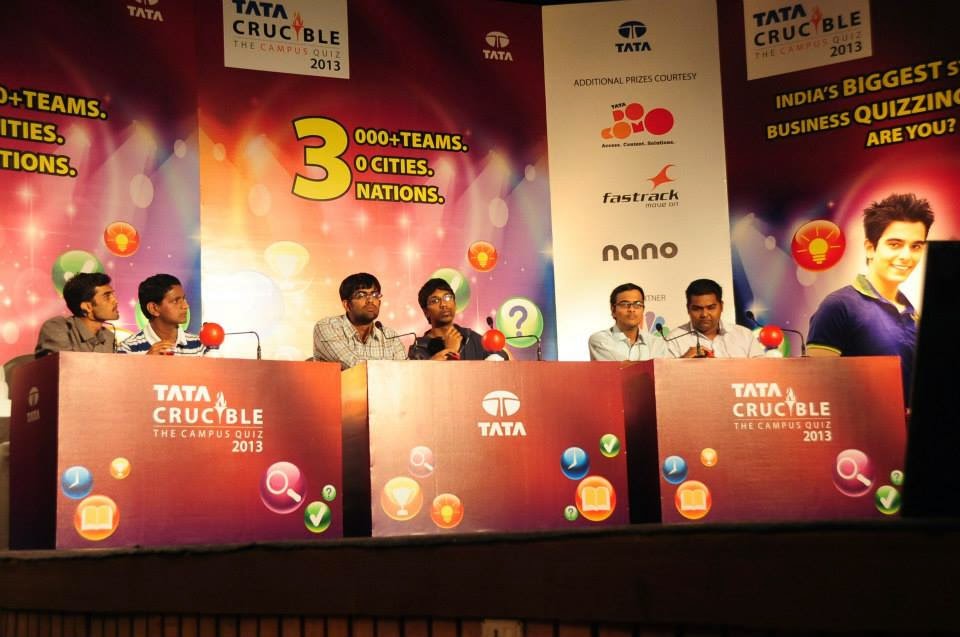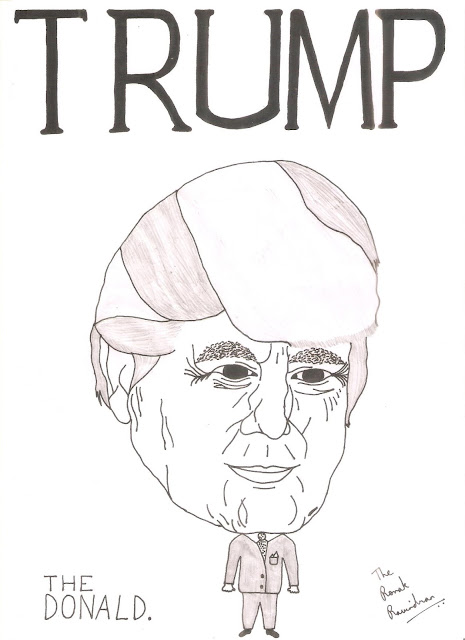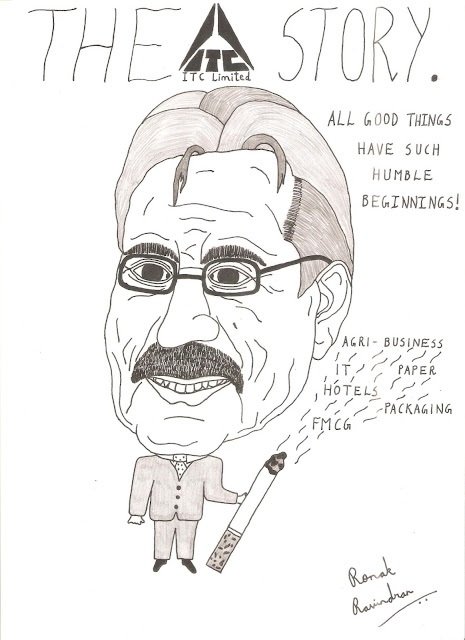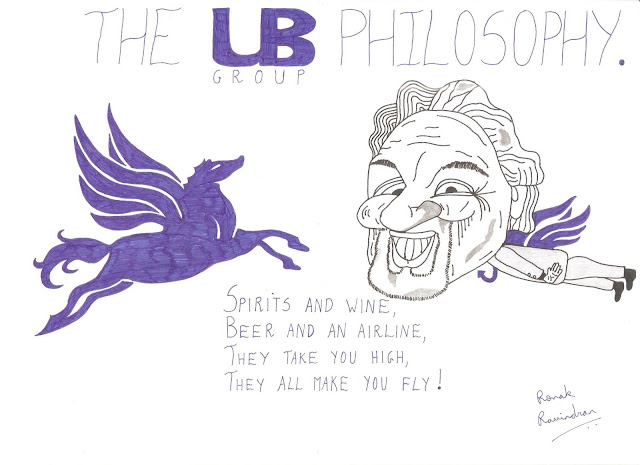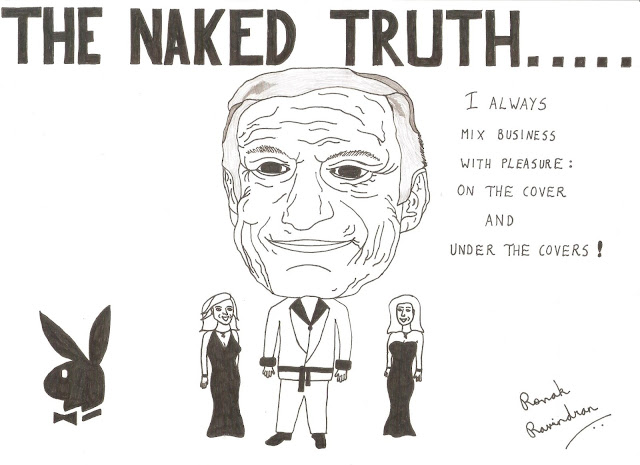Posts
Showing posts from 2013
The Comeback Kid.
- Get link
- Other Apps
After years of swinging from losses to profits and back again, Max India may have finally emerged. Max, which is essentially a holding company, operates in a wide variety of business segments ranging from insurance to healthcare through a cluster of subsidiary companies. And now, for the very first time, with all its businesses in the green, the company may finally be on the trajectory towards a long and sustainable period of growth and outperformance. For now, the market might still be skeptical of Max’s apparent turnaround but a myriad of factors do seem to indicate that the good times have indeed started for the Analjit Singh – led company. As far as Max’s business diversifications are concerned, insurance is the company’s mainstay. Max Life is the company’s life insurance subsidiary, which broke even in the past fiscal for the very first time and declared its maiden dividend. The division, which was founded several years ago in partnership with New York Life, saw its
The French Invasion.
- Get link
- Other Apps
Ah, les Français. Il est vrai qu’ils sont souvent considérés comme un objet de ridicule par presque tout le monde. Mais quand on parle de monde des affaires, les compagnies françaises sont parmi les meilleures. En plus … oh wait. I seem to have gotten carried away with my French. Allow me to start over. Ah, the French. It’s true that they are often considered to be an object of ridicule by practically everyone. But when it comes to the world of business, French companies are among the best. Even today, France Inc is at the forefront of innovation and its companies dominate and often play the role of the bellwethers of the industries in which they operate. And today, in a Eurozone that is recuperating from a crippling economic and financial crisis, several French companies find themselves in a quandary. A couple of years ago, Europe sneezed and France caught a cold. And its economy never quite recovered. On the back of a couple of years’ degrowth, the French economy
The Big Fat Indian Crisis.
- Get link
- Other Apps
1929: The USA. 1997: East Asia. 2008: Wall Street. 2010: The Eurozone. 2014: India. Yes, you read that right. India. But don’t get me wrong. A financial and economic crisis won’t just spring upon the country out of the blue in 2014. The snowball, in fact, has already started rolling and as it goes further down the hill, it will only get larger. The Indian economy is already on the precipice and it might just be a matter of time before it goes off the cliff. Most Western economies face a few obstacles on the path to recovery, while the other aspects of their economies seem healthy. India, however, is not that lucky and the country faces a myriad of financial problems. With slowing economic growth, high inflation, a weakening Rupee, a trade deficit, an underperforming bourse, downgrades by global rating agencies, a crisis of confidence and a departure of foreign institutional investor (FII) money from the country, India certainly finds itself in a
Tata Crucible, A Television Debut and My Twenty Minutes Of Fame.
- Get link
- Other Apps
Safe Haven.
- Get link
- Other Apps
First of all, before starting out, I would like to categorically state that this article has little to do with the eponymous romantic novel by Nicholas Sparks or the resultant film. The above image is merely a red herring. This blog, after all, still revolves around the corporate world and it doesn’t cater to the domain of romance. Not yet anyway. The scene over at Dalal Street, however, is anything but romantic. The fatal emotions of fear and panic have gripped the Indian bourses and with the Indian Rupee crashing through all its support levels, the markets have taken a nosedive. Moreover, a sub 4.5% GDP growth rate, a ballooning current account deficit and structural downgrades by global rating agencies such as Fitch and Moody’s have only exacerbated the situation. With foreign institutional investors (FIIs) pulling out funds from India, virtually every stock out there is in descent mode. In such a scenario, defensive sectors such as FMCG (fast moving consumer goods),
Wheels Of Change.
- Get link
- Other Apps
In the 20 th century, the Indian automobile industry was a different place. The market was barely nascent then and a handful of companies co-existed and fought over the low volumes of car sales that each passing year witnessed. Fiat and Hindustan Motors ruled the roads for several decades and in 1983, Maruti muscled its way into the market. However, prior to the Maruti Suzuki era, Fiat reigned supreme over the Indian roads, not entirely unlike the way in which the Mafia ruled Italy. The Italian company, which had forayed into India through a joint venture with Premier Automobiles (PAL), first made its mark in the Mumbai taxi market. And then there was no looking in the rear view mirror. The fact that Fiat was an Italian brand soon ensured that the Premier Padmini became the car of choice and it went head-to-head with the Ambassador, from the stables of Hindustan Motors. Fiat was a force to reckon with and it even gave Maruti a drive for its money in the 1980s. In early 1991, in
Goldfinger.
- Get link
- Other Apps
For over four thousand years, it served as a symbol of power, glory, greatness, grandeur and status. Civilizations and empires lusted after it, even as it ignited wars and destroyed cities. It embellished the walls of palaces and tombs alike and its lustre drew men towards it like moths to a candle flame. Over the last century, gold has been hailed as the asset class of the highest echelon. Corporate prophets even went as far as calling it the ultimate bubble. Alas, no longer. In 2013, that dream run came to a resounding end. Gold, which has rivalled equities over the past 3 decades as the best-performing asset class, plunged close to 30%, wiping out the gains that it had notched up in the past 2 years. The global crash of gold prices was eerily similar to the fate that silver suffered in the 1980s, following the devious trades of the Hunt brothers, who tried to corner and monopolize the silver market. Ever since the US went off the Gold Standard in 1971, gold has vir
Jetihad.
- Get link
- Other Apps

If there’s one business sector in today’s corporate world that is known to be a capital-intensive, low-profit and high-risk one, then that sector, without a shadow of a doubt, is civil aviation. The aviation business is by far the only business in the world in which over half of the entrants have already gone out of business. This boils down to the startling fact that the total number of airlines flying today is less than 50% of the total number of airlines that took to the skies in the past. Capital is something that needs to be perennially pumped into an airline, in order to keep its planes in the air and globally, the airline business has the notorious reputation of being a cash-guzzler, one with wafer-thin profit margins. India, of course, is no exception. In fact, the business environment for an Indian airline is far less conducive, with high ATF prices, exorbitant landing charges, crippling sales taxes, debilitating price wars and an exposure to the vagaries of the
The Second Coming.
- Get link
- Other Apps
At the dawn of the millennium, India’s telecom sector was a different place. The customer base was small albeit growing, market penetration was low and call rates were almost outrageously high. The sector was considered to be a sunrise sector and the market, at that time, was dominated by Bharti Airtel. The company pioneered the ‘minutes factory’ business model (a volume-centric strategy) and it ruled the market in terms of customer base and revenues. In fact, Bharti was virtually unchallenged in the marketplace for several years. All that, however, changed with the arrival of Mukesh Ambani. In 2002, Mukesh Ambani flagged off Reliance Infocomm and his newest baby went head-to-head with Bharti in a slugfest. Reliance, over the course of the next two years, slashed call rates to rock-bottom levels and tied up with handset manufacturers to launch mobile handsets that even the hoi polloi could afford. Soon enough, Reliance found itself at the top of the telecom market in
Everybody Loves Raymond.
- Get link
- Other Apps
It’s true. Everybody loves Raymond. And I don’t mean Ray Barone. The subject in question is the Gautam Singhania – spearheaded company, Raymond Limited, which is one of India’s largest branded textile and garment manufacturers. At a time when several players in the textile sector are struggling to keep their heads above water, Raymond is already racing ahead in terms of both topline and bottomline numbers. The market, on its part has chosen to handsomely reward Raymond for its market-beating performance and today, its scrip virtually behaves like that of an FMCG company, rising faster than the market in a bullish phase and correcting less severely in a bearish market. Raymond constantly manages to outperform its peers and thus, it isn’t without reason that the company finds itself a cut above the rest. Singhania has begun to focus on a strategy that gives Raymond’s brands a greater push and at the same time, boosts the company’s margins. Raymond has zeroed in on those bra
A Fall From Grace.
- Get link
- Other Apps
For the past 4 years, India’s largest FMCG (fast moving consumer goods) company, Hindustan Unilever Limited (HUL) was indeed the toast of the market. Quarter after quarter, HUL clocked double-digit growth rates in terms of both turnover and net income. On the volume front, HUL didn’t disappoint the Street either and its scrip constantly outperformed those of rivals like ITC, Marico and Dabur. Most brokerage houses had strong ‘buy’ and ‘outperform’ ratings on HUL, with ambitious price targets that predicted an annual return of over 30%. For many years, HUL was indeed the undisputed darling of the stock market but like that old saying goes, all good things must come to an end. And true to that saying, Q3 of FY13 was when HUL’s time in the sun ended. Unilever, the Anglo-Dutch parent company of HUL, has seen a slowdown in most of its developed markets in recent years and it has turned to emerging markets like India, Indonesia and Brazil to power its growth engines. As far as

